Photographing the Olympics: Choosing the best gear and settings for major sporting events
posted Friday, August 5, 2016 at 6:01 AM EST
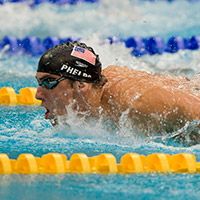
Every two years I have the good fortune to photograph the Olympic Games for Team USA. As exciting as this is, it also comes with a great deal of responsibility and planning to make sure that I can deliver the best images possible. This means that I need to choose the right equipment to take with me, and I need to prepare both mentally and physically for the long month of work.
I have had many people say to me, "Wow, that is a great photo. You must have an amazing camera." Well, as any photographer knows, it isn't the camera that makes the photo, but the person working the camera. Having the right equipment and knowing how to control it, however, can make it easier for you to express what makes your photography unique. In my case, I need the perfect gear for the Summer Olympics in Rio de Janeiro.
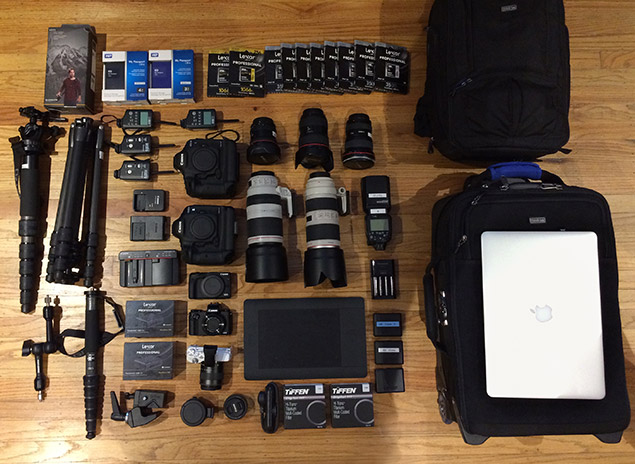
The Camera
When photographing the best athletes in the world, it is imperative to have a fast camera that will allow me to fire off many shots per second. I am using the new Canon 1D X Mark II because it will let me shoot at 14 frames per second, and it achieves focus very quickly. You may be wondering why I need to shoot at 14 frames per second: for fast action, it is difficult to time the photo at the very peak of action. Taking numerous sequential photos lets me choose the optimal image where the action is at its best.
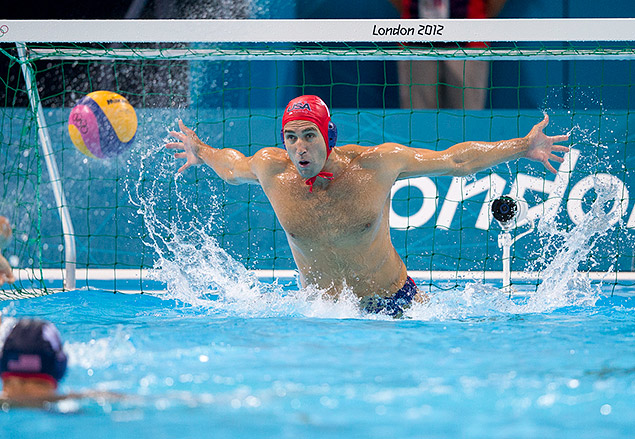
The Memory
Most people do not think about the memory cards and readers that they use in their cameras. But since I am working under very tight deadlines (usually less than 15 minutes after the competition has ended), I need the fastest memory cards I can get. I will be using the new Lexar Professional 3500x CFast cards in my Canon cameras. Using these cards, combined with the new Lexar CR2 CFast readers, I can move massive amounts of data in seconds.
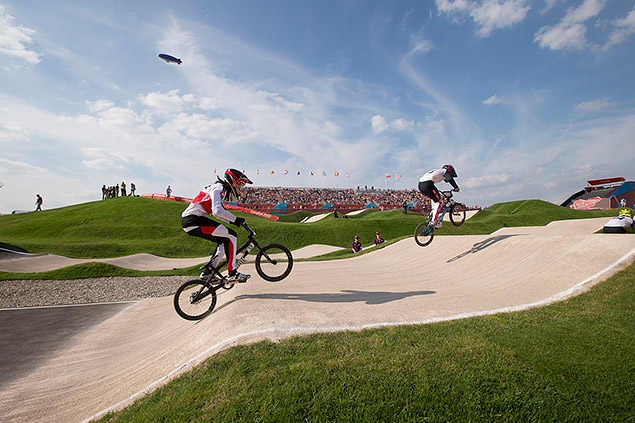
The Glass
One of the big challenges of the Olympic Games is that there are so many different sports to capture, and many of these sports requires different lenses. There are times when I will be mere feet from the athletes, and other times I might be half a mile away. For this reason, I need to have an extensive collection of lenses at my disposal. For most of my close up shooting I will rely on the Canon 16-35mm and the Canon 24-70mm lenses. For mid-range shooting, I will use one of my favorite lenses ever, the Canon 70-200mm f/2.8 IS. For the long-range shooting and events, where I want to get in close, I will rely on the Canon 200-400mm lens. I love that this lens has a built-in teleconverter, allowing me to have one lens that can go effectively from 200mm to 560mm. All of these lenses are very sharp, and I know that they will give me the best quality images for the team and for my portfolio.
Also, since the action happens so quickly, there is no time to change from a long lens to a wide lens in the middle of a competition. For that reason, I will have two Canon 1D X Mark II cameras with me at all times, one with a wide lens and one with a long lens pre-mounted.
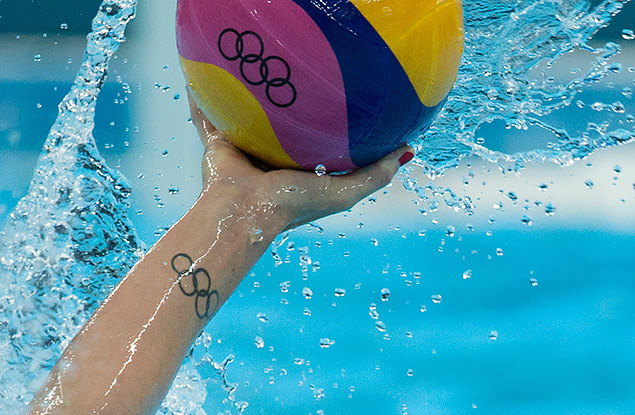
The Settings
When photographing smaller events at home, I usually prefer to shoot in aperture priority mode, since this lets me determine the depth of field while allowing the camera to set my shutter speed. But at the Olympics, we generally have very consistent lighting in the venues, so I will shoot in manual mode. When trying to freeze the action, I will keep my shutter speed at a minimum of 1/1000th sec. Remember, these athletes are the best of the best, and move much faster than your high school kids at a track and field event. However, there are other times when I want to be more creative (after I have my "safe shots"), and I will slow the shutter speed way down (maybe 1/50th sec) and try motion panning with the athletes.
Like any other photos, focus is critical. For 90% of my photography in Rio, I will be in AI Servo focus, having the camera and lens tracking my subject for me. This is critical for any athlete moving toward or away from me. I also use a technique called "back button focusing" when I shoot. This takes the auto focus off of the shutter release button and puts it on a separate button on the back of the camera. This way I have more control of when the camera is focusing, and it allows me to easily focus and recompose.
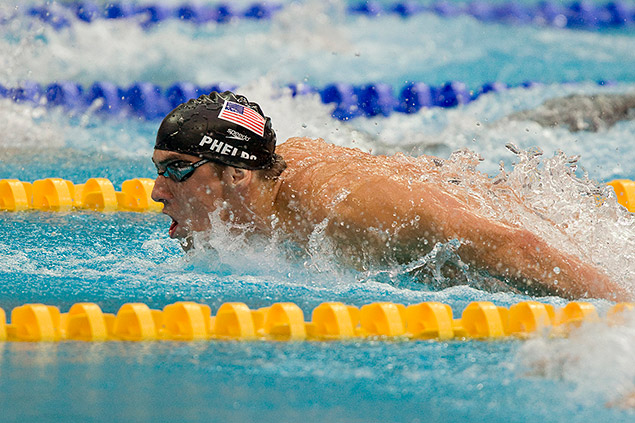
The Accessories
Of course, I have to bring a lot more than just the cameras and lenses to an event this big. I have to have the right camera bags, computer equipment, and other accessories to perform my job. I will have my ThinkTank backpack and ThinkTank rolling bag to hold most of my gear. I will have my MacBook Pro laptop, with Photo Mechanic and Photoshop installed, to handle all my workflow.
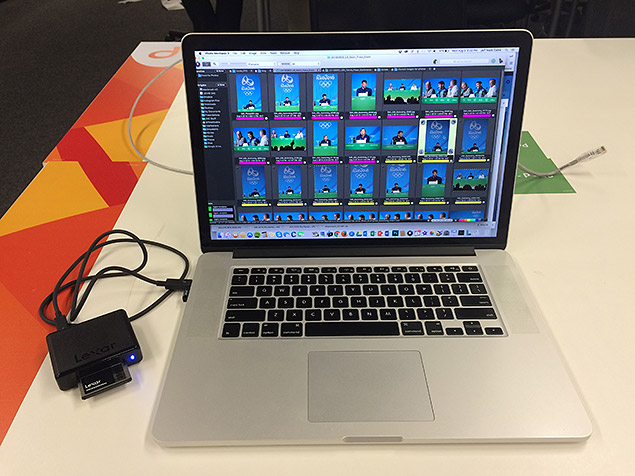
To speed up my retouching, I will bring a small Wacom Intuos Pro tablet so I don't have to use the laptop's trackpad the whole time. I rely on my Gitzo monopods to save my back when using the longer lenses, so much so that I bring two of them in case I were to lose one. Even though the Olympics do not allow tripods or flash to be used during any event, I always bring these along with me. I use the Canon 600 EX-RT flash during the press events before and after the competition, and I use my Gitzo travel tripod for night shooting outside of the Olympic venues.
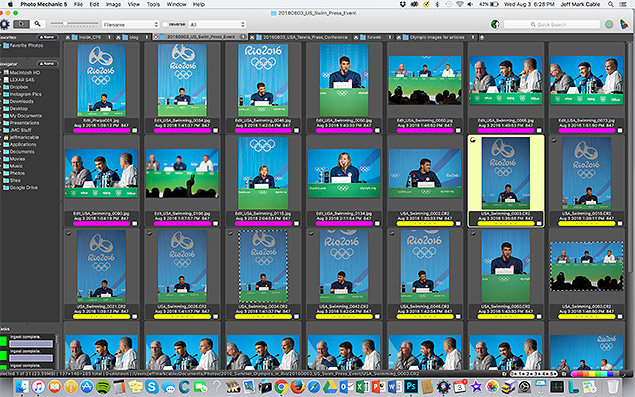
What gear do you favor for major events? Share with us below.
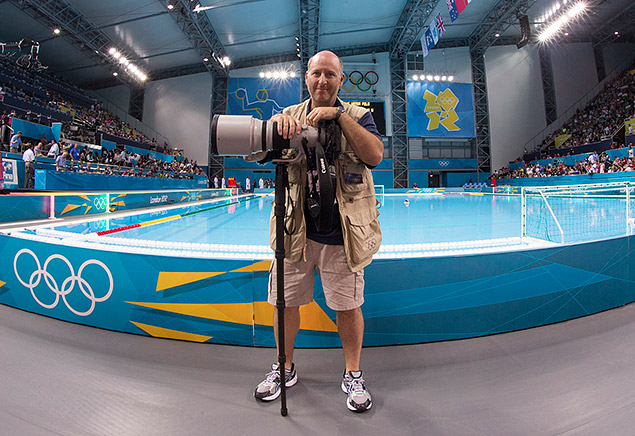
Jeff Cable is a San Francisco-based photographer and photography instructor, best known for his striking collection of images captured at the 2008, 2010, 2012 and 2014 Olympic games. Learn more about his work and courses at www.jeffcable.com. Also, follow along with Jeff during the Olympics over at his Blog.
(All images copyright Jeff Cable Photography.)
